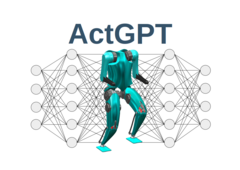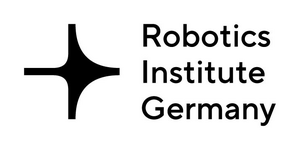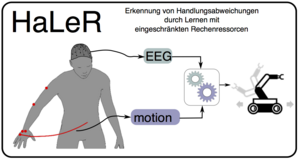
Research Departments
- Agents and Simulated Reality 1
- Cooperative and Autonomous Systems 1
- Embedded Intelligence 1
- Innovative Factory Systems 1
- Robotics Innovation Center
Research Topics
- Autonomous Systems 7
- Data Management & Analysis 1
- Human-Machine Interaction
- Image Recognition & Understanding 5
- Machine Learning & Deep Learning
- Other 1
- Robotics
- Sensors & Networks 2
- Virtual & Augmented Reality 1
Fields of application
- Environment & Energy 4
- Farming & Agricultural Technology 4
- Health & Medicine 3
- Industrie 4.0 7
- Learning & Education 1
- Mobility 3
- Other 3
- Smart Home & Assisted Living 3
- Trade & Logistics 4
Search narrowed by:
Displaying results 1 to 10 of 13.
Research Departments
- Agents and Simulated Reality 1
- Cooperative and Autonomous Systems 1
- Embedded Intelligence 1
- Innovative Factory Systems 1
- Robotics Innovation Center
Research Topics
- Autonomous Systems 7
- Data Management & Analysis 1
- Human-Machine Interaction
- Image Recognition & Understanding 5
- Machine Learning & Deep Learning
- Other 1
- Robotics
- Sensors & Networks 2
- Virtual & Augmented Reality 1
Fields of application
- Environment & Energy 4
- Farming & Agricultural Technology 4
- Health & Medicine 3
- Industrie 4.0 7
- Learning & Education 1
- Mobility 3
- Other 3
- Smart Home & Assisted Living 3
- Trade & Logistics 4





